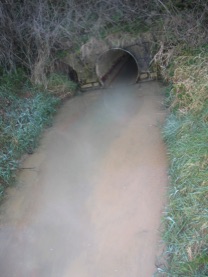



Water quality
We measure and assess water quality through a number of parameters including
Turbidity
Temperature
Oxygen


Turbidity
Measures of turbidity (through relative light level) monitoring is frequently carried out via deployment of remote data logger, often from from several months to years. Turbidity is caused by algal population growth, re-suspension of sediments in shallow systems created by fetch, or anthropogenic activities such as dredging. Aquatic activity also causes turbidity such as benthivourous fish feeding. Effects of increased turbidity include reduce light levels and reduce macrophyte growth with numerous knock-on effects.
Temperature monitoring
Using data loggers to monitor water temperatures at a scale from every minute (in cases of discharge effects during events) through to every 6 hours over several years to detect seasonal and temporal changes and how they affect aquatic communities. We deploy temperature data loggers throughout all aquatic ecosystems.
Post Pollution Monitoring
Dissolved oxygen
Assessment of DO is important where there are suspected pollutants and/or activities that may reduce availability of oxygen. For instance, during weed cutting activities, the resultant biological oxygen demand can cause DO levels to rapidly fall causing distress and potential mortality to fish. We undertake active monitoring of DO levels in all aquatic systems, undertake remedial action (such as aerator deployment) and carry out fish rescue's and translocations from affected areas.
